While Osakikami Island is one of the Geiyo Islands that are known for the cultivation of blueberries, tangerines, and lemon thanks to a climate that is warm and has no snowfall, its main industry is shipbuilding.
During the Taisho era, there were as many as 25 shipbuilding companies on the island.
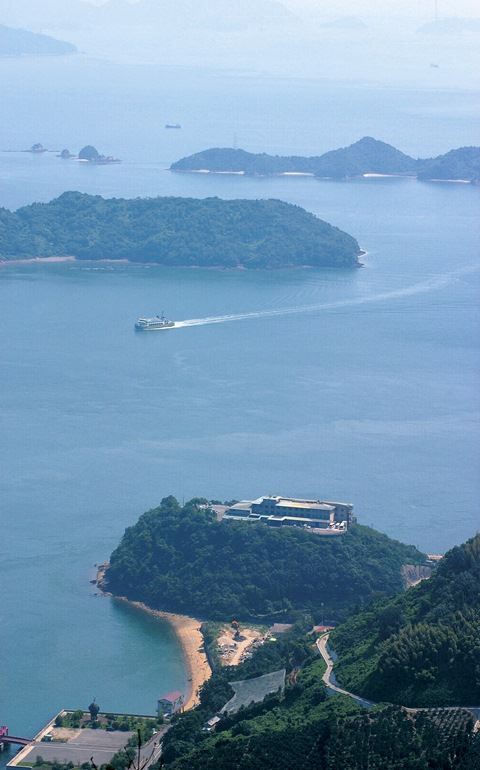
Osakikami Island is also closely associated with Miyajima, which is currently registered as a world heritage site.
Mt. Kannomine of Osakikami Island that is popular as a hiking course was where Itsukujima Myojin shrine was enshrined, the predecessor of the current Itsukushima Jinja shrine in Miyajima.
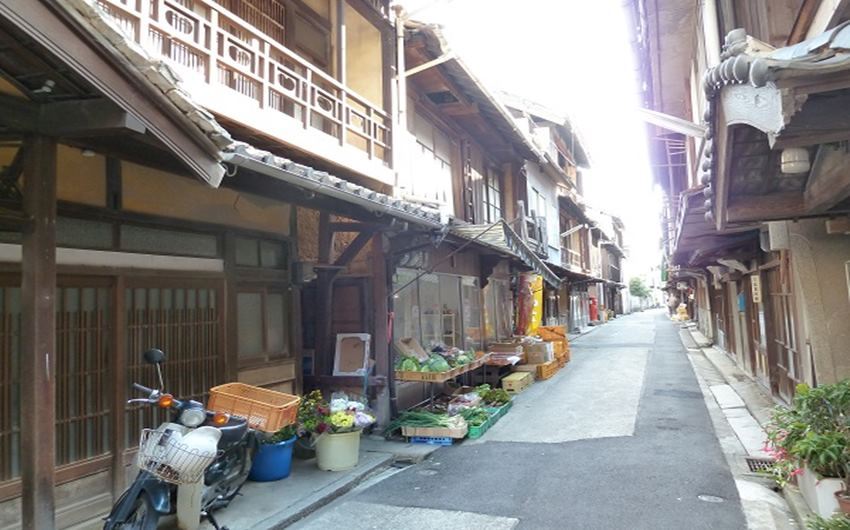
The Kinoe area of the island that was a port where many once waited for the perfect waves and winds was prosperous and lively in the past due to the shipping industry.
The cityscape of Kinoe evokes a splendid history during which the town was visited by many people.
Most of the surviving old buildings are made of wood.
The wooden buildings have handrails on the second floors and third floors, and their attractive design suggests that they might have been used as establishments in a red-light district.
The sophisticated design creates a sense of past glory.
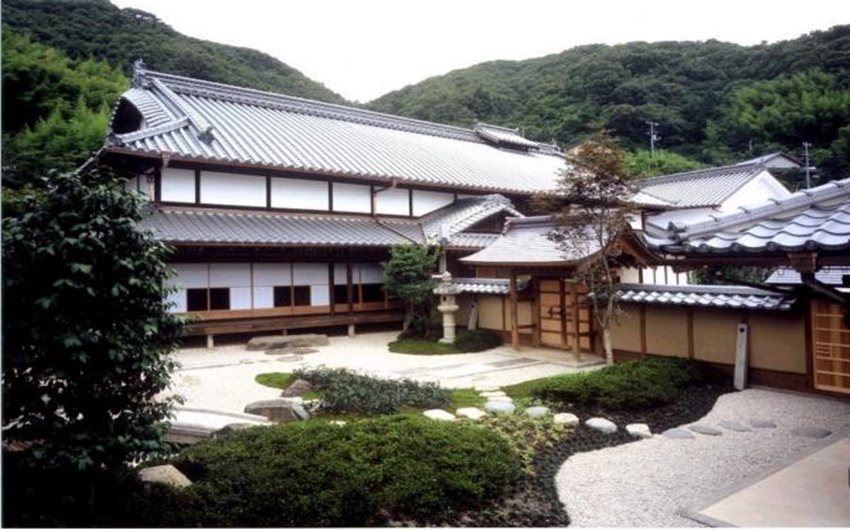
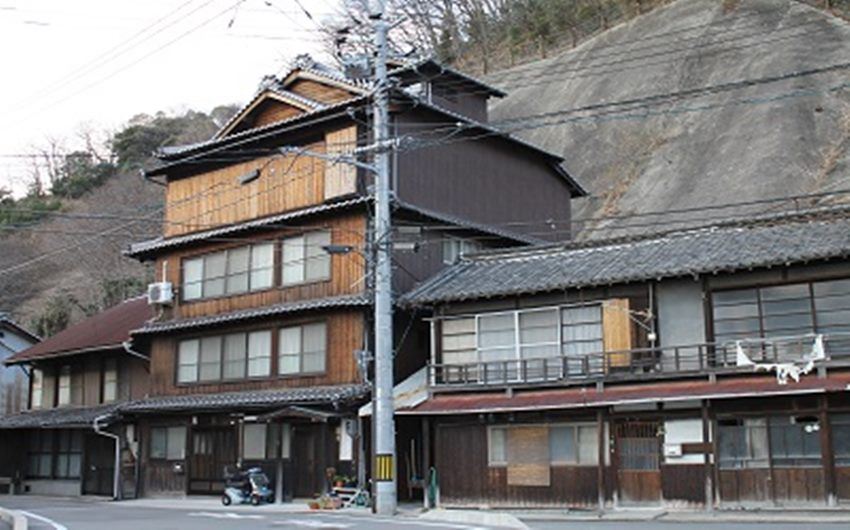
The Omochizuki mansion that is open to the public as the Sea and Island History Museum is also very impressive.
This was the birthplace of Keisuke Mochizuki who was a home minister during the early Showa era.
This fine mansion of the Mochizuki family that made a fortune in the cargo vessel industry features a nagaya gate of the type that was frequently used in old samurai residences during the Edo ere.
Materials regarding the island’s history and shipbuilding are on display inside the building, and walking through this building that continues to survive after its era allows you to forget about the passing of time.
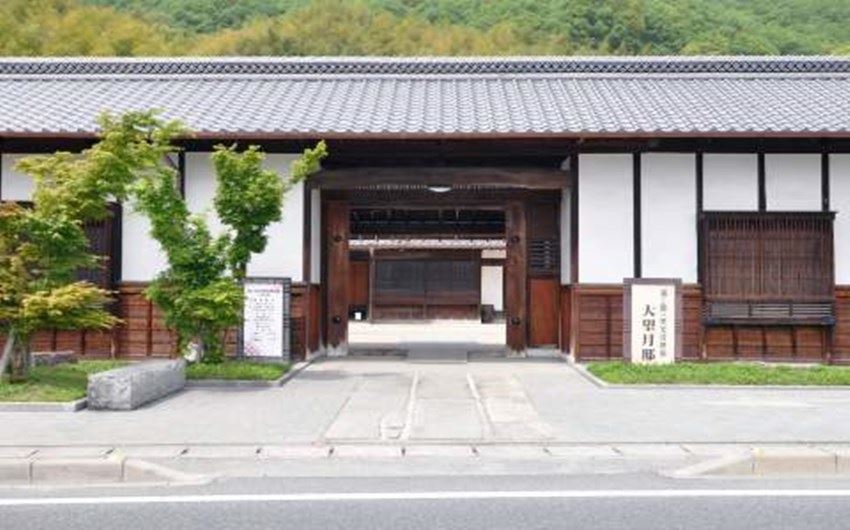
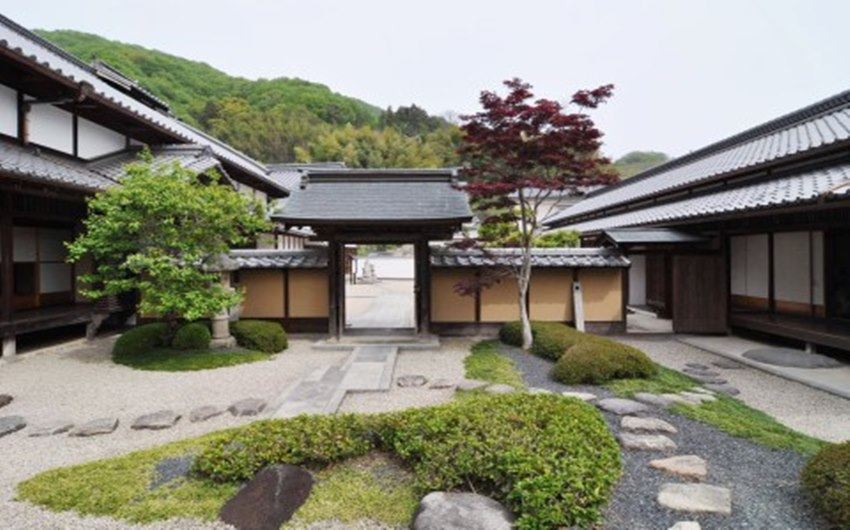
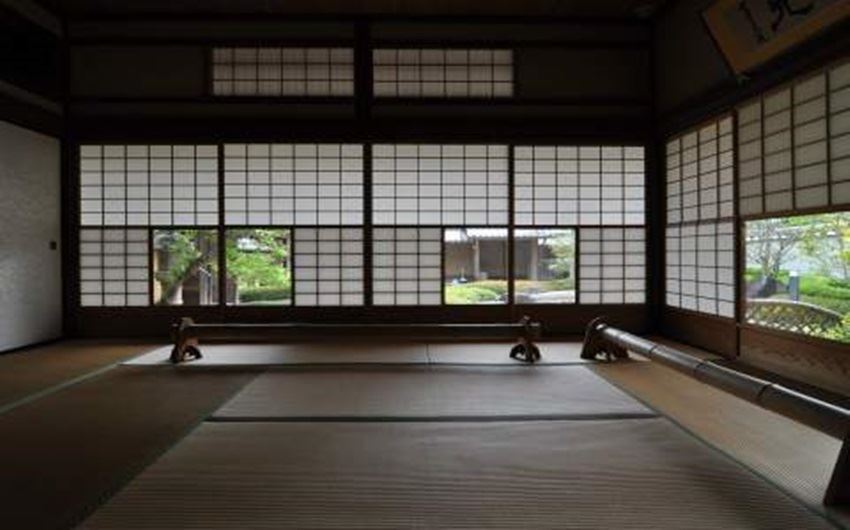
Map:
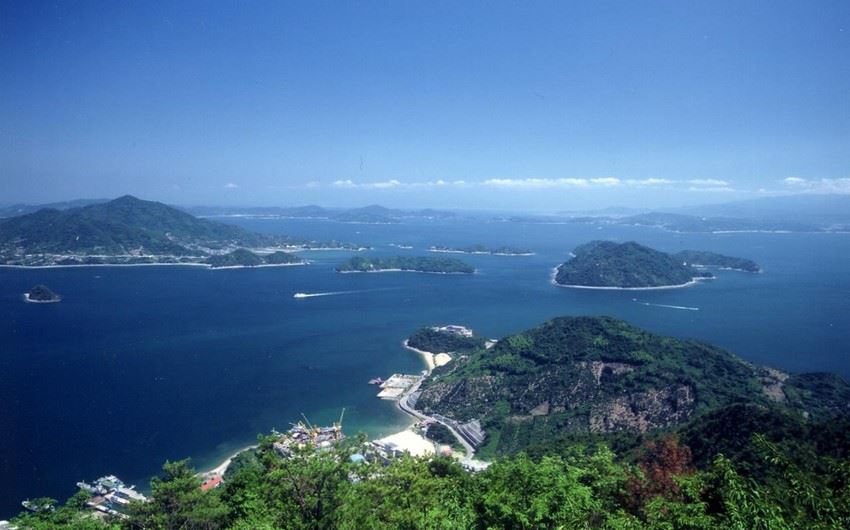
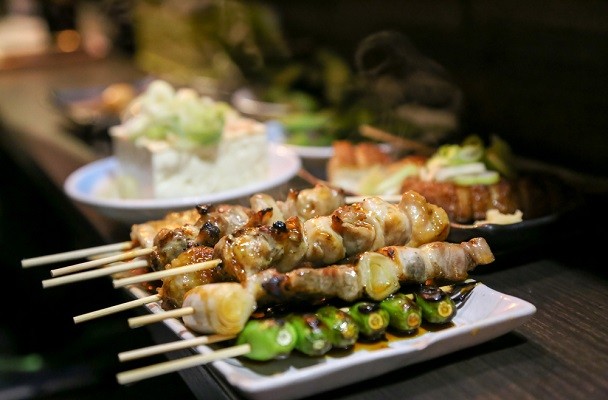
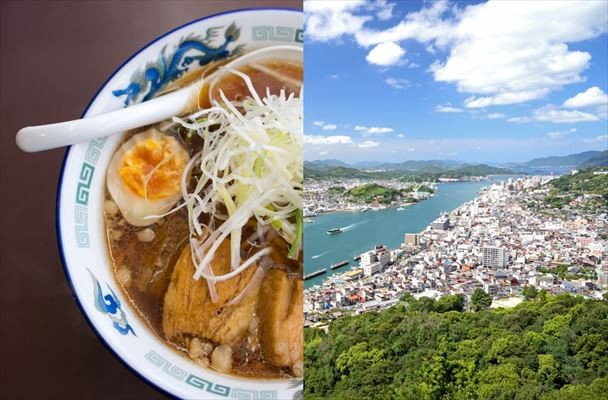
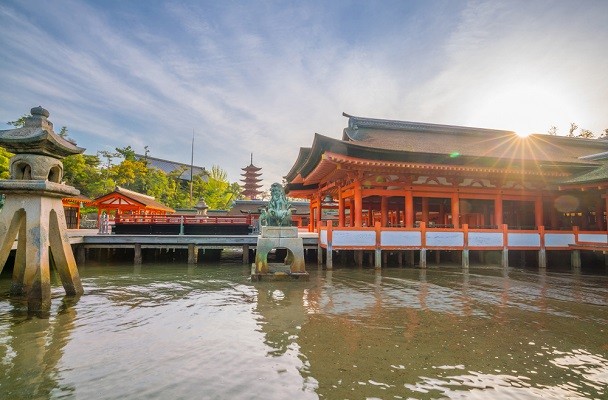
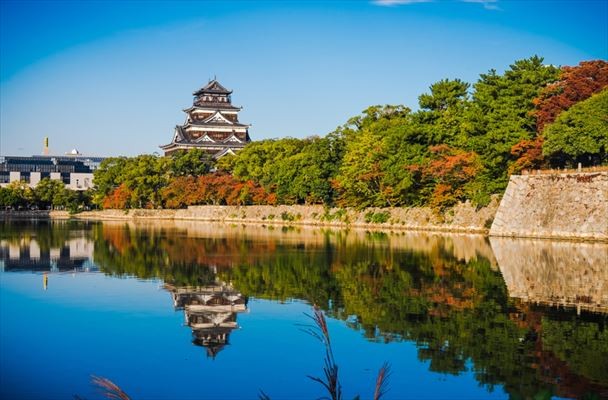
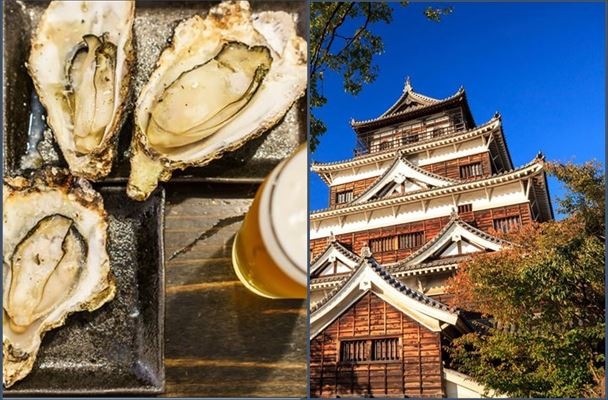
Comments